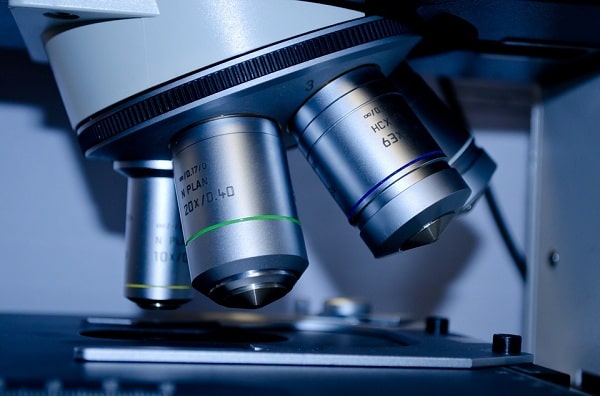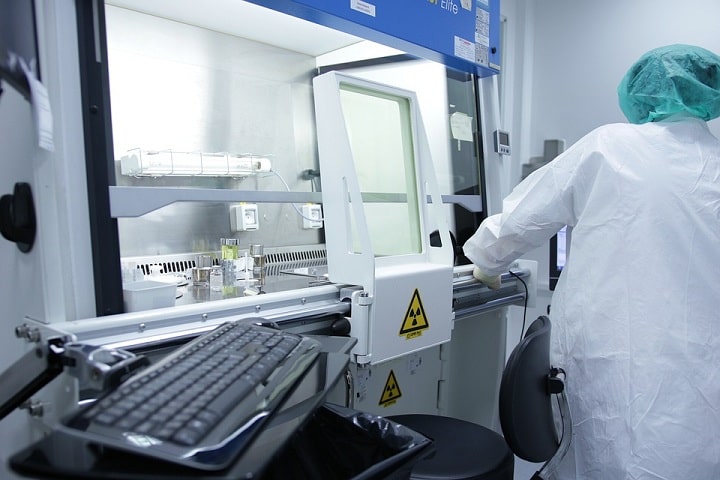Around 6,340 people are currently waiting for an organ transplant in the UK, 113,000 in the US and thousands upon thousands more across the globe, transplant technology has been under pressure to develop new, more effective strategies to improve the likelihood of a successful operation. In every area in transplant healthcare, innovation has driven the industry to introduce new technologies across the board.From technologies that reduce the hair transplant cost UK clinics charge, to the speed at which organs can be transported between hospitals, here are a few of the leading technologies transforming the industry.
Bio Printing
Bioengineers have been working on organ printing since 3D printing became possible. The technology has, thus far, successfully printed human cardiac tissue and produced a breathable organ similar to a lung. The process requires layer-by-layer construction following the structure of the given organ, in order to form what is referred to as a call scaffold. From this, cells are placed onto the structure, from which they’ll grow, in a process called seeding.
For the most part, this can be done through any modified inkjet printer using a suspension of living cells and a smart gel and over time, the cells will begin to knit together to form tissue. The gel can then be washed away, leaving only the skin. In May this year, a bioprinted organ successfully took a full breath, which pushed the research past a hurdle they had previously kept hitting. Over time, this method could be used to craft bigger organs and, where possible, reduce the chance of organ rejection by using the patient’s own cells.
 ICE Hair Transplant
ICE Hair Transplant
While hair transplants have relatively high success rates, this can vary dependant on the patient, their hair quality and other underlying factors like aftercare, damage caused during the transplant process and other hair loss related issues. For this reason, anywhere between 10 and 80% of all hair transplanted will actually take. A new method, named ICE hair transplants, aims to improve these rates for all patients.
The process involves extracting the follicles in the usual FUE-based method, before treating them in an IceGraft solution. This is a mixture of antioxidants, vitamins and other nutrients that are known to strengthen the follicle and the surrounding tissue, revitalising those that may be damaged. For surgeons, this offers a wider choice of hair follicles to extract, but also improves the results for the patient in the long term.
Drone Delivery
Drones have been used in every industry, from the military, to agriculture, and the healthcare industry have been testing these devices out too. Recently, there have been reports that drones could be used in the delivery of organs during transplants, to speed up the process and reduce human error. May this year saw the first kidney delivered by drone in the USA, using a specially-designed device that would maintain and monitor the organ throughout transit.
This innovation is set to not only speed up the process, but also broaden the distance and scope over which the organs can be delivered. Current transport methods have drummed up concerns over safety, but drones could see organs last better on longer flights, with reduced chances of damage or loss of viability.
Transplant technology has come on leaps and bounds, and the future of the industry continues to look bright. From the way in which organs can be not only transported, but also obtained, to the success of hair transplants, the industry is changing vastly and we’re looking forward to seeing just how far it can go.


















